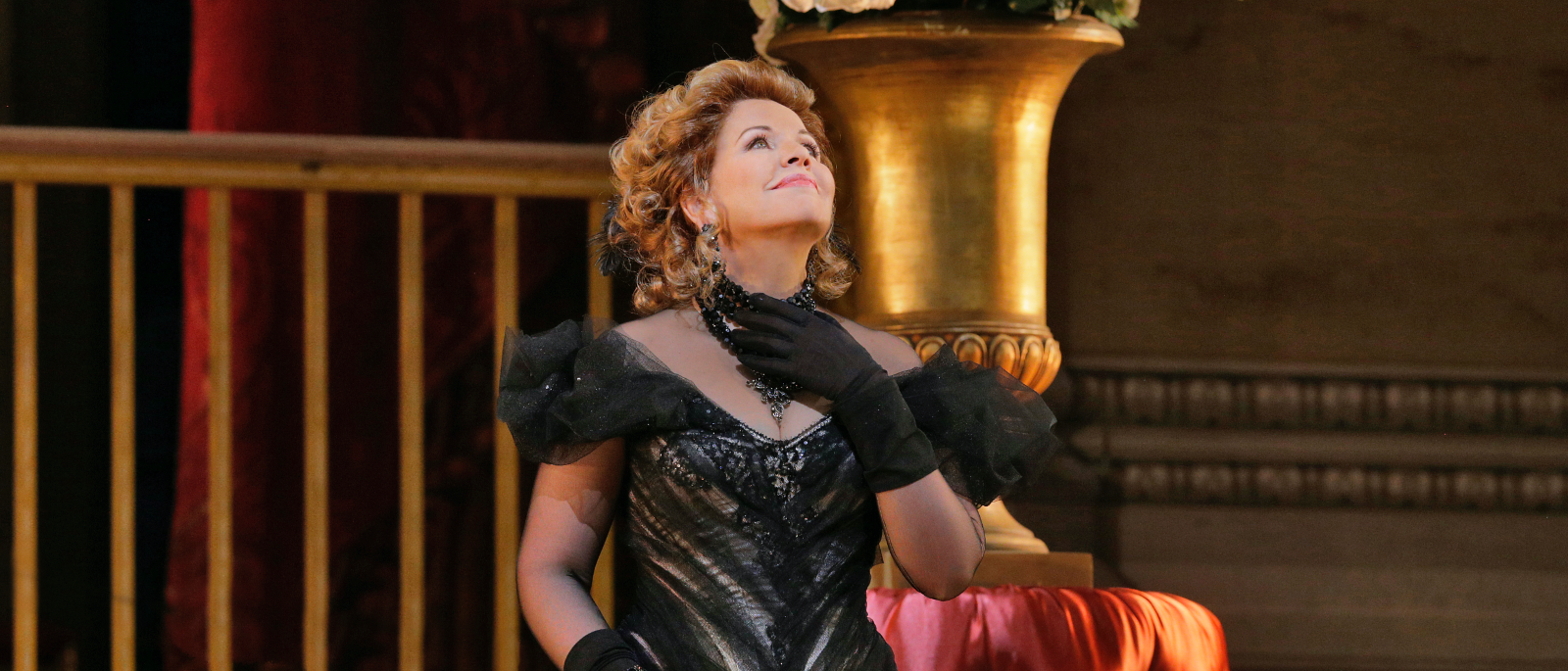
Why Is the Widow Merry?
From the Wife of Bath in Chaucer’s 14th-century Canterbury Tales to The Merry Widow’s Hanna Glawari, the widow in European art frequently appears as a carefree, powerful, and downright merry character. To modern observers, the idea of a “merry widow” may seem odd, but the idea is anchored in traditions and laws that for centuries affected women, their rights, and their place in society.
In the 19th century (and long before), the identity of European women was largely determined by their marital status. Unmarried women were typically viewed as subject to their fathers. Upon marriage, a woman became subject to her husband; her identity was subsumed by her husband’s, and anything she owned immediately became his property. If a married couple separated (which, legally, only men could choose to do), women were typically left destitute. European women could not buy or sell property, nor could they engage in any financial transactions on their own behalf.
But if a woman became a widow, her story changed—at least if she had been married to a well-off man. In many European societies, widows were fully independent. They often inherited their husbands’ riches, and they typically faced no obligation to return to their fathers’ homes. As such, a wealthy widow became a relative anomaly: a woman with the money and power to determine her own future. Some widows took over their husbands’ businesses and, exercising their intelligence and financial acumen, considerably increased their personal wealth; one such example is the Widow (“Veuve”) Clicquot, who was made famous by her eponymous Champagne (and is the subject of another Deep Dive in this guide).
Of course, not all widows could be merry. Overwhelmingly, women suffered hardship and poverty when they lost their husbands, who typically provided married women’s financial support. And even wealthy widows risked losing both their money and independence if they ever remarried. But it’s the figure of the ”merry widow”—free, wealthy, powerful, and independent—that appears again and again in European art and literature and continues to delight audiences today.